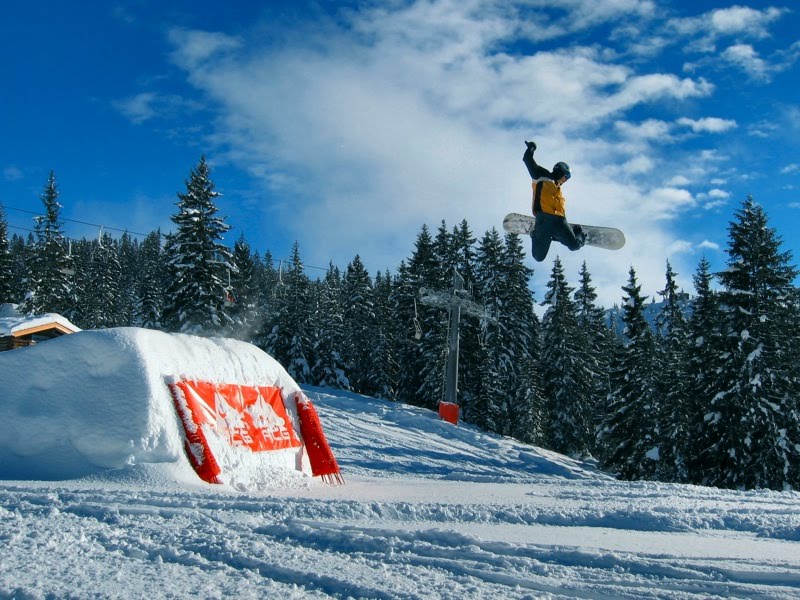2015 10.Jubiläums-HFK Video Osttirol from solarthermienator on Vimeo.
Monday, December 17, 2018
Friday, June 21, 2013
Tuesday, May 14, 2013
planing & building a low-energy house
goal: building a low-energy house during one year, including preparation and planing
location: Bad Häring, Tirol
construction: wood frame walls, prefab home
location: Bad Häring, Tirol
construction: wood frame walls, prefab home
 |
| after a lot of planning and formalities, finally the start |
 |
| drainage layer |
 |
| placing of the concrete basement |
 |
| our VW workers hut |
 |
| prefab walls assembly |
 |
| 2° flat roof with EPDM cover |
 |
| isolation |
 |
| plastering |
 |
| floor screed done |
 |
| hydraulic installations, woodgas heater and solarthermal system preparation with 4000L storage tanks |
 | |||
| Rigips plastering madness |
 |
| done :) |
Monday, March 4, 2013
Mounting airproof blind/shutter cranks - Luftdichte Raffstorekurbeln
Check out my fresh new manual. This has possibly never been done before this way. :)
Feel free to use it for your own house, the instructions are also suitable for retrofitting.
Feel free to use it for your own house, the instructions are also suitable for retrofitting.
Sunday, May 6, 2012
my Diploma Thesis: Remote-Monitoring and -Maintenance of Pumped Solar Thermal Systems





EN ABSTRACT (the work is written in german!)
The present work deals with the remote-monitoring and -maintenance of pumped
solar thermal systems and was created in cooperation with TiSUN GmbH. Main
motivation is the problem that a failure or shortfall of a solar system is often not
noticed by the operator. The reason for this is the existing backup heater, which
takes over the water heating mostly automatically.
To keep the effort and additional costs for remote-monitoring and maintenance within
reasonable limits, the existing measurement- and control-technology of the solar
system has to be used. Therefore the status quo of customary temperature-, flow-,
pressure- and irradiation-sensors in solar systems is described. The solar controller
is the central gateway for sensor inputs, the operating data recording and
transmission of data to an external display. For remote maintenance, access to the
settings of the solar controller is required.
As a practical reference, three on the market available solar controllers are examined
regarding their suitability for remote-monitoring and -maintenance. It turns out that
the subject can be solved very differently: from simple data acquisition and
transmission with memory cards, via additional modules with web servers and
network connectivity, up to the data transfer to external web server or digital picture
W-LAN frames.
Furthermore the data analysis of solar systems for fault detection, control and
function optimization is outlined. Not all influencing factors are recorded digitally,
however it is shown that for only a few temperature profiles are enough for a rough
functional description of a plant. Finally an outlook on future developments of the
relatively new solutions for remote-monitoring and -maintenance of solar thermal
systems is given.
Subscribe to:
Posts (Atom)



